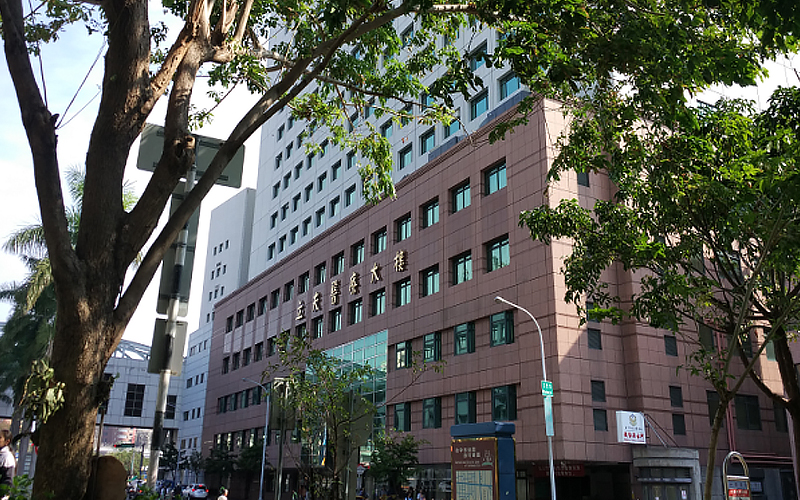Your current location:Home > Project > Liquid Desiccant Air Conditioner
Medical Places
Industry Overview
As an important functional part of the hospital, the design requirements of the operating room are getting higher and higher, requiring large fresh air, constant temperature and humidity throughout the year, high cleanliness, and huge energy consumption of the air conditioning system. If the energy consumption of the air-conditioning system in the operating room can be reduced, it is of great significance to the energy conservation and emission reduction of large-scale public construction projects such as hospitals.
Project Introduction
The operating room of a hospital in Singapore is located in the inner area of the building. The air-conditioning loads are mainly fresh air, lighting, indoor equipment, personnel, etc. The humidity load mainly comes from the human body and fresh air. In order to ensure the cleanliness requirements, the airflow requirements are relatively large, especially the fresh air requirements, which are required to reach 60m³/h. According to the design of the traditional air conditioning solution, the fresh air is first treated to the dew point in the fresh air unit, and then enters into each indoor circulation unit after passing through the medium-efficiency and sub-high-efficiency filters. After mixing with the return air, it is frozen and dehumidified with low-temperature chilled water, and then sent into the room after reheating. This treatment method obviously has huge reheat, serious cold and heat offset, and high energy consumption.
Based on the advanced LDAC Heat Recovery technology, Aolan designs and uses a high-efficiency Liquid Desiccant Air Conditioner to independently process the fresh air, independently undertake the fresh air load, and adjust the indoor latent heat load by adjusting the fresh air humidity, realizing the energy saving of fresh air treatment. And improve the sensible heat cooling capacity of the indoor air-conditioning system to achieve the purpose of improving the cooling efficiency and reducing the energy consumption. At present, the project is running well, achieving an energy saving rate of more than 37%. The salt solution has a bactericidal function, which is conducive to killing bacteria, viruses, microorganisms, etc. in the air, and is conducive to controlling the spread of viruses in buildings.

